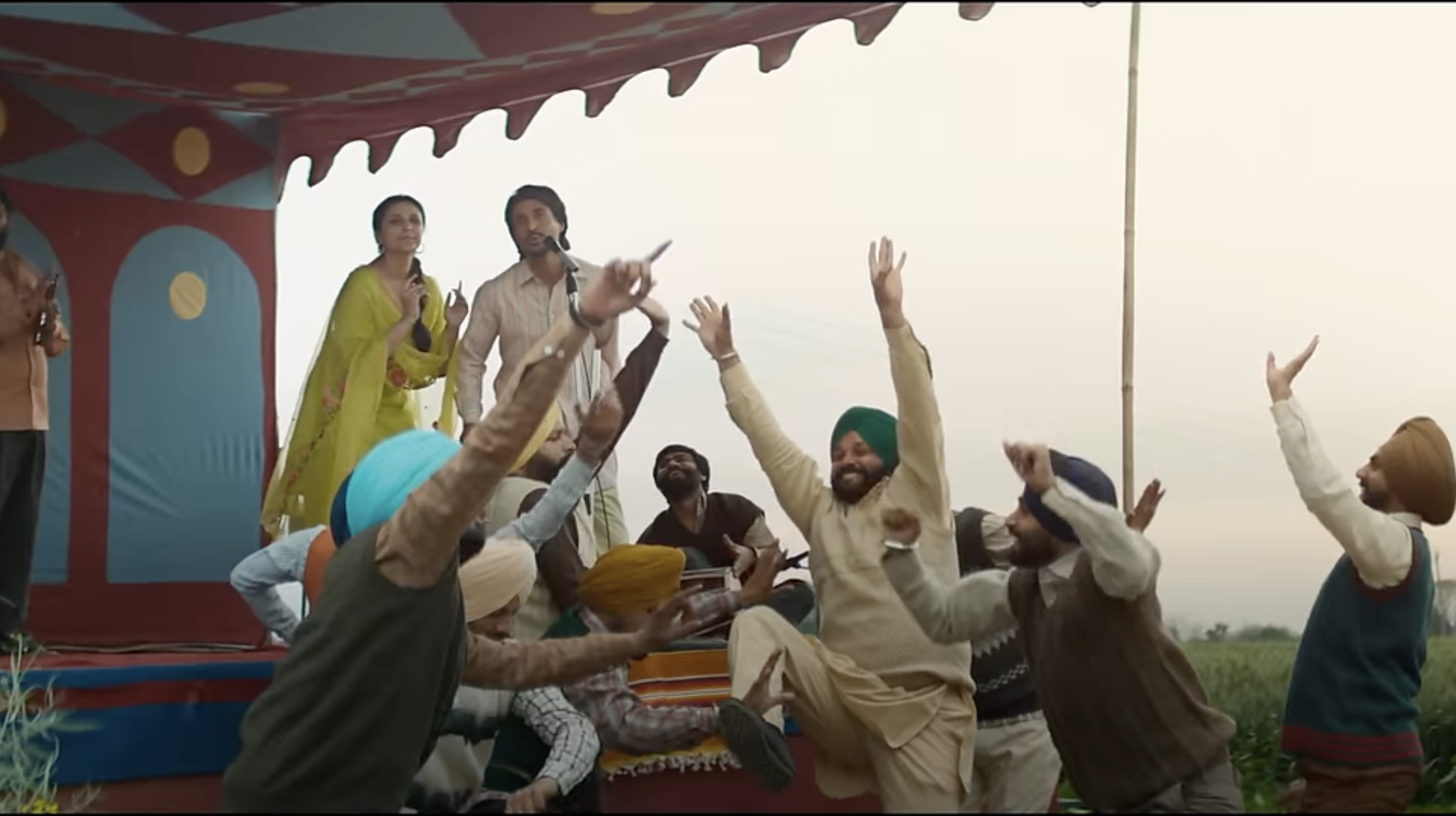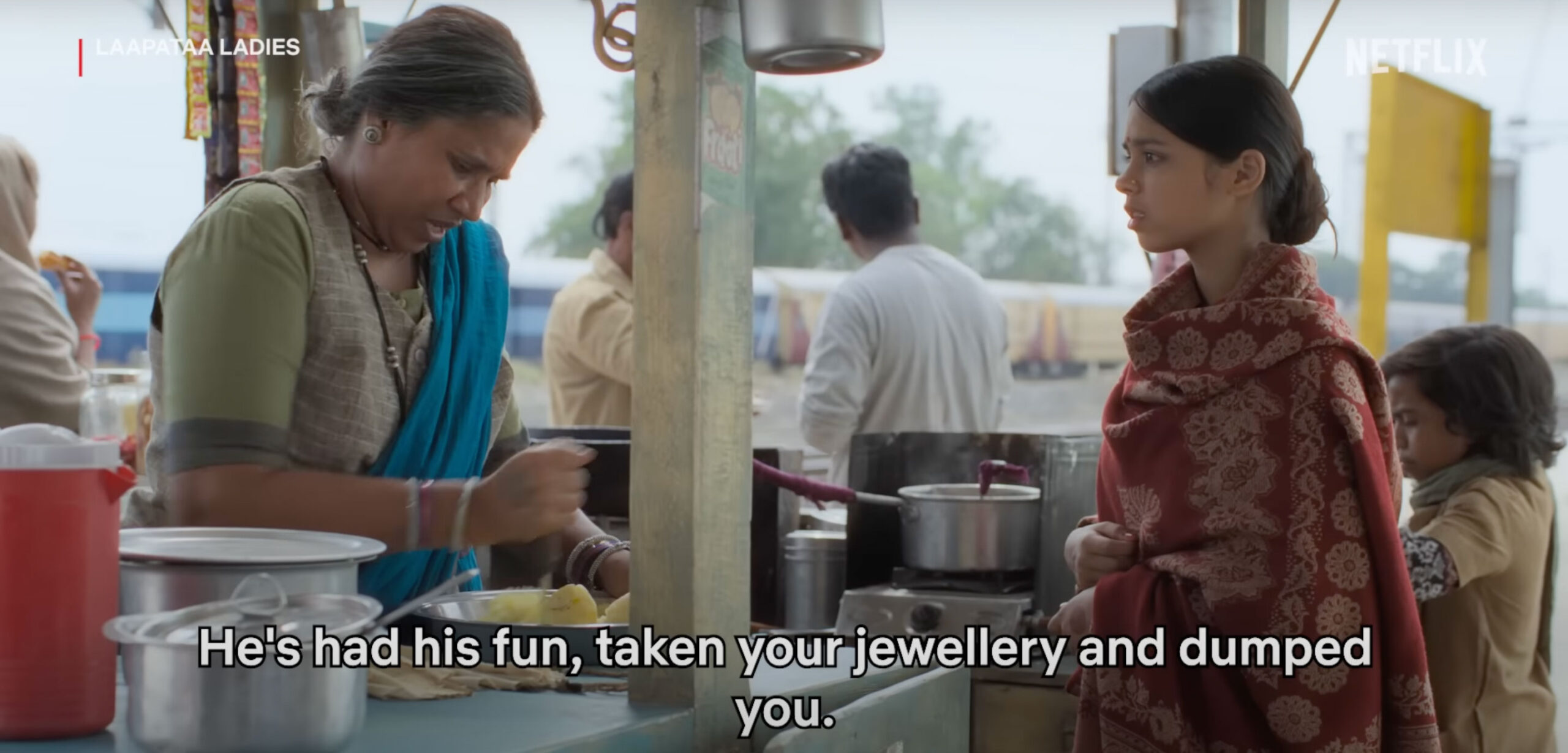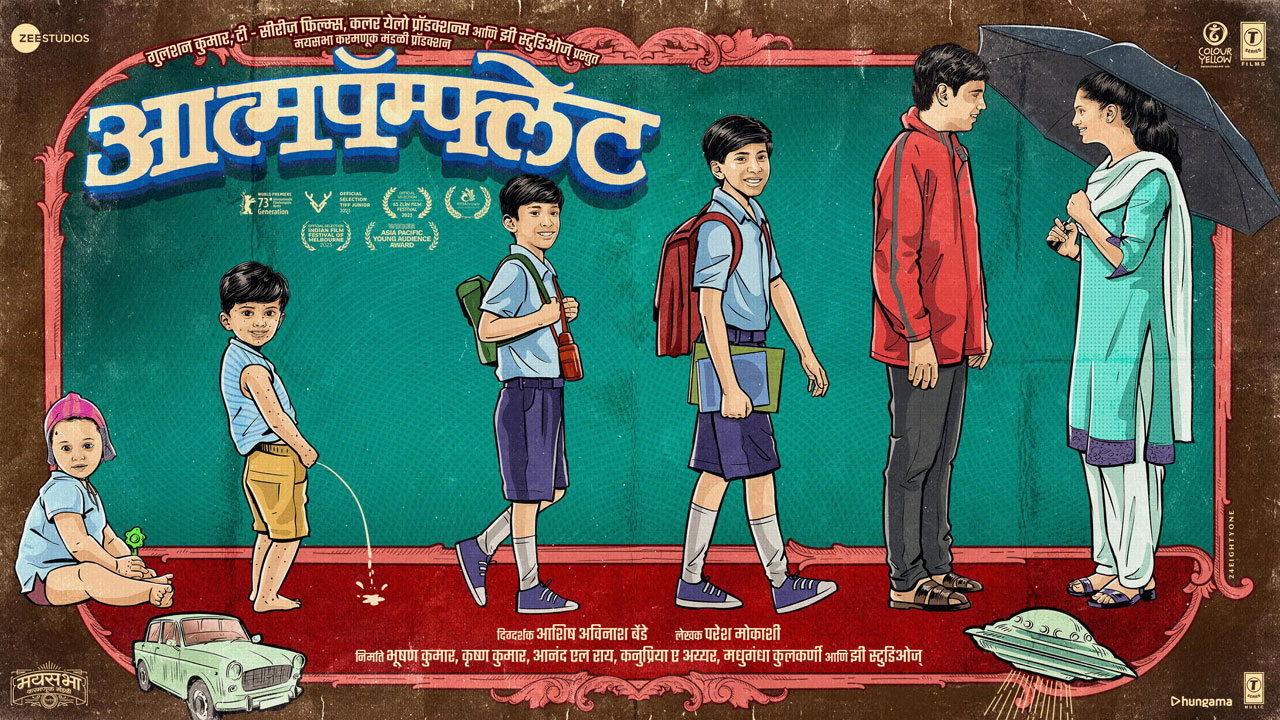Imtiaz Ali is one of the best storytellers in Hindi cinema today. His filmmaking career has traced a distinctive path. The movie Amar Singh Chamkila on the life of the legendary Punjabi Dalit singer is Ali’s first attempt in the biopic genre. The movie captures the journey of a socially and economically marginalised singer, lyricist and stage performer who reaches the pinnacle of the Punjabi music industry. Amar Singh Chamkila dominated the Punjabi music world for years, becoming the best-selling artiste and acquiring the epithet ‘Elvis of Punjab’. Imtiaz Ali has a unique style of narration that touches the hearts of the audience.
There have been three other cinematic works on Amar Singh Chamkila: 22 Chamkila Forever (2020), Chamak (web series) 2023, Jodi (2023), and the mockumentary Mehsampur (2018). However, the narration overlooks numerous aspects of the life of Amar Singh Chamkila. From the beginning to the end, Imtiaz Ali’s major focus has been to present his movie as the most authentic portrayal of Chamkila’s life, running photos and stills of real-life events of Chamkila in parallel as the lead actors Diljit Dosanj and Parineeti Chopra strive to emulate Chamkila and Chamkila’s wife and co-artiste Amarjot Kaur, respectively.
Chamkila was a versatile singer who connected with the audience through songs that explored a range of themes. However, Imtiaz Ali’s biopic has limited Amar Singh Chamkila’s versatility to vulgarity of his lyrics and, after death threats from the self-proclaimed custodian of Punjabi culture, to his devotional songs.
Chamkila was a rebel. He challenged the norms of society at large – from cutting his hair (against Sikh tradition), smoking beedi, and singing bawdy songs to concealing his first marriage. However, the movie showcases only his polite, submissive nature. This might have been an aspect of his personality, as he came from a humble Dalit background. But limiting Chamkila to humility and submissiveness would not do justice to his persona. He carved his niche purely through hard work and a passion for music. During the 1980s, when Chamkila rose to fame, Jatt pride and hyper-masculinity was quite a popular theme not only in Indian Punjabi movies but also in Pakistani Punjabi movies. Against this backdrop, Chamkila is portrayed as relatively polite, humble, and submissive throughout his musical journey.
In recent times, films seem to be increasingly made around the lives of the marginalized. Filmmakers like Pa. Ranjith, Nagraj Manjule, Vetrimaaran, and many more directors are bringing caste-theme-based movies into the mainstream. There is a significant shift in the subject matter of movies in Marathi, Tamil and Telugu cinema. These movies not only emerged as box-office successes, but they have also received critical acclaim.

Caste is the brute reality of Indian society. Dalits make up a third of Punjab’s population. Generally, we don’t find Punjabi cinema addressing the question of the Dalit experience. Dalit characters are mostly missing from the Punjabi cinematic universe. Jatt-centric themes dominate. Marhi Da Deeva (1989) and Anne Ghore Da Daan (2011), which could be called parallel cinema, based on the writings of Gurdial Singh, and the more recent short movie Chamm (2017) are a few examples. Channa Mereya (2017), which is a remake of Nagraj Manjule’s Sairat (2016), has been shorn of its essence.
Now, when the biopic is based on a Dalit protagonist who made his name in the Jatt-dominated Punjabi music industry, there should have been more scope for the filmmaker to discuss caste. For example, despite being a Dalit, Chamkila uses a large number of references to the Jatt. The movie could have made a sincere effort to depict this complex relationship. After so many years of Chamkila’s killing, the mystery of who killed him is still unresolved, and the film doesn’t even allude to a possible connection between his caste identity and his murder. (Apart from Amar Singh Chamkila, other Dalit singers like Yamla Jatt, Master Saleem, Pooran Shah Koti, Kaler Kanth, Sardool Sikander and Mohammad Sadiq have also achieved stardom in the Punjabi music scene.)
Undoubtedly, Imtiaz Ali did a lot of research before making the movie and tried to recreate scenes from the life of Amar Singh Chamkila as accurately as possible. For instance, he even documented the minute details of Chamkila’s meeting with his friend Sivia, who wrote most of his devotional songs in the latter part of his career. As film critic Anupama Chopra has argued, the casting of Diljit Dosanj was a masterstroke but still Diljit fails to recreate the charisma and persona of Chamkila. He has had to portray Ali’s image of Chamkila. Ali could have used more artistic licence instead of being circumscribed by available photos and videos of the real-life Chamkila.
Social elites in India are not accustomed to seeing the brute reality of Indian society on screen. The fear of making the audience uncomfortable could be the reason the filmmaker has avoided engaging with the larger social and political question of the life of Amar Singh Chamkila. Contrary to the singer’s mass appeal, this biopic’s appeal appears to be confined to an urban, middle-class audience.





